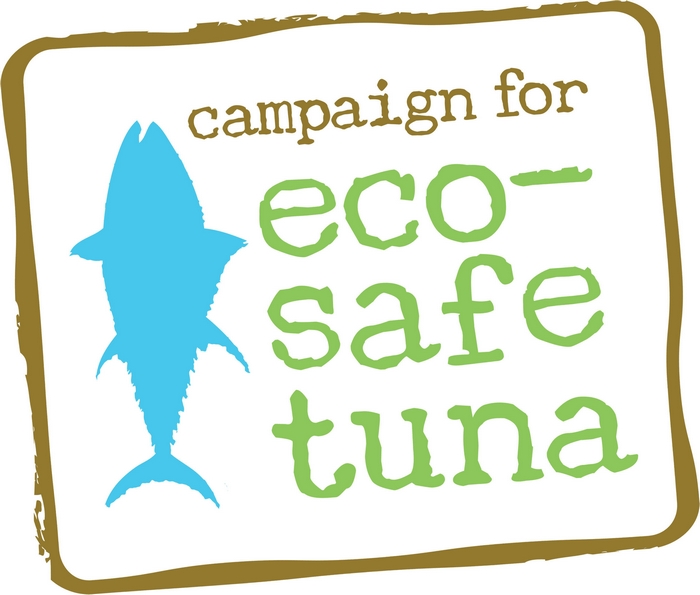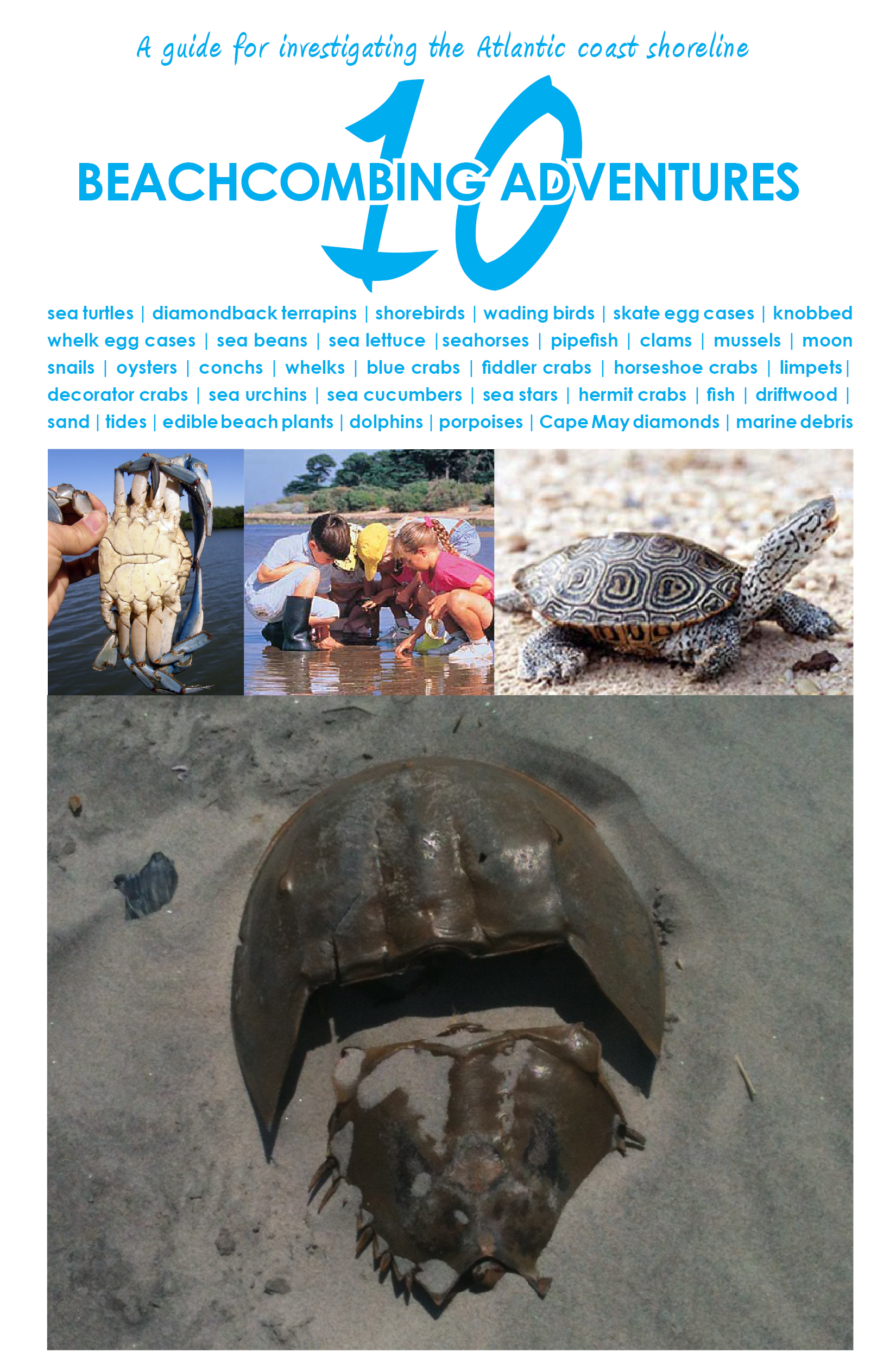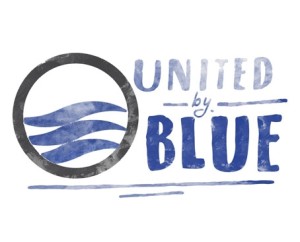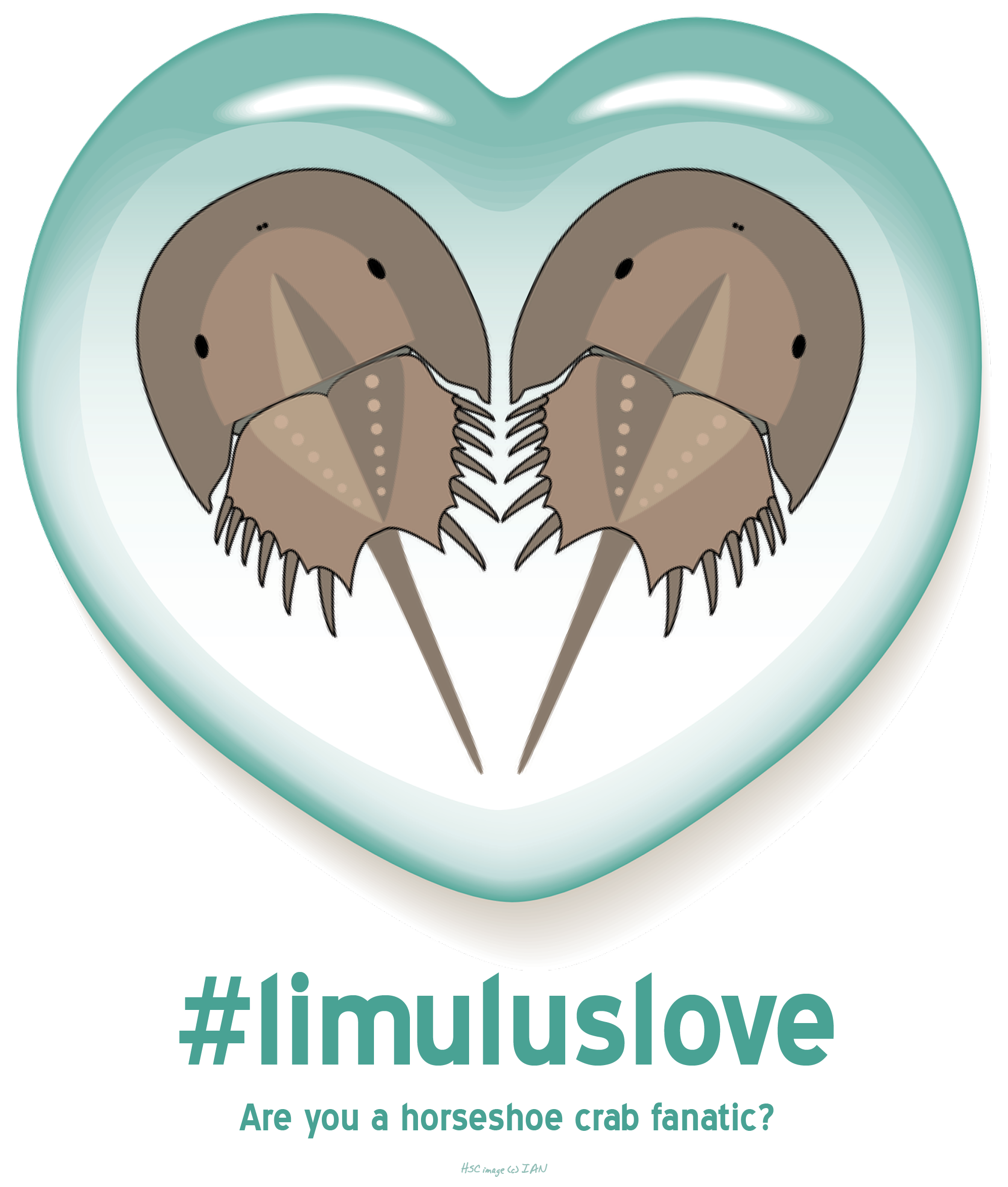If you’ve got some spare time this weekend, take some time to enjoy this fantastic documentary of one woman’s quest to transform shrimp aquaculture practices. Andrew Revkin of the New York Times helped produce this 16 minute documentary of Linda Thornton, a biologist who uprooted herself from her home in Illinois to Belize, and set out to farm shrimp in a sustainable manner (for instance, without antibiotics). It is quite a story, filled with some sad moments as well as uplifting ones. She partners up with the World Wildlife Fund in an effort to create the first set of standards for sustainable aquaculture and is trying to get folks in the US to adopt the practices as well. Please enjoy and share your impressions of her quest. I find the most fascinating parts of the video to be the overview of her aquaculture facility and how it all fits together.
![]()
Linda Thornton, an inspiring aquaculturist on a mission for sustainability
Did the squid warn of an earthquake?
Is it possible that squid can warn us of earthquakes? I say yes.
It was pointed out in the The Yomiuri Shimbun earlier this month that fishermen saw in increase of their catch of squid right before several major earthquakes, including this recent one in March 2011.
The article stated that “According to Agriculture, Forestry and Fisheries Ministry statistics, squid fishermen in Tokushima brought in 491 tons of the cephalopods in 1994–just before the Hanshin quake–which was 1.4 times the 1993 catch and 1.9 times the 1992 catch.”
This is certainly an impressive increase in catch. As it was also when “There were amazing hauls of squid just before the 1946 Nankai Earthquake,” one veteran fisherman from southern Tokushima said. And, most recently the correlation can be noted when just before the March 11 earthquake “Squid fishermen in Tokushima Prefecture hauled in a bumper catch”.
Also, interesting was a small squid stranding right before a small earthquake in La Jolla, California in 2009.
Some questions have been asked that “if this increase in catch does occur right before a major earthquake has it ever been noted that there is a sharp drop in catch right after?” My instinct is to say that there would be a sharp decline in the catch since squid would not be as easy to catch. It seems to me that since this cephalopod is typically found near the bottom of the ocean floor (close to the Earth’s crust) they must be moving closer to the surface of the ocean where fishermen can catch them easier. According to a Tulane University website, since earthquakes “occur when energy stored in elastically strained rocks is suddenly released. This release of energy causes intense ground shaking in the area near the source of the earthquake”. It would seem as though squid can detect the grounding shaking phenomenon prior to the rest of us since it happens in their own backyard first.
Farting on a school bus – bad; Farting as part of a school of herring – ok
Recently two Ohio middle school boys were suspended from riding the bus for farting on the bus. If these boys were part of a school of herring they’d have no repercussions. In fact, they’d be making the grade in language arts.
Back in 2003 an article published in the U.K. science journal Biology Letters explained a phenomenon discovered by scientists at the Bamfield Marine Science Centre, British Columbia, Canada, where herring produce high-frequency sound bursts followed by a fine stream of bubbles, dubbed Fast Repetitive Tick (FRT).
The noise can be up 22 kilohertz.
It is suspected that these FRTs are not to be a call to hunger or a call to breed but rather are triggered while the fish are swimming at night while in large densities as a means of communications. According to a National Geographic article on the subject, “It might seem an amusing idea to us that herring communicate using farts. But for herring and the mammals that prey on them, FRTs may signal safety—or the next meal.”
Related articles
- Ohio Boys Suspended For Farting On School Bus (weirdnews.aol.com)
Everybody do the ‘Stingray Shuffle’
Staying safe at the beach this summer can mean more than just applying liberal amounts of sunscreen. If you are going to be visiting the southeastern United States you may want to try the ‘stingray shuffle’ to avoid a venomous injection from a stingray. A stingray’s main defense is it’s barb which they arc up over their backs and strike in a manner similar to scorpions. Stingrays are docile creatures and do not want to use this defense tactic. Since stingrays are found mostly on the ocean floor it is best to drag your feet lightly and do the ‘sting ray shuffle’ to warn stingrays that you are approaching. If you do get jabbed, hot water can help in the short term. But it is best to seek professional medical attention.
Here is a video from the National Geographic YouTube Channel to teach you some more about stingrays.
‘I’m a Manatee’ by John Lithgow
Back in 2003 Janice Nearing, Media Relations Coordinator with Save the Manatee, interviewed John Lithgow about his new book I’m a Manatee. Here is an excerpt (click here for the full interview).
Q: Your new book, I’m a Manatee, has a Seuss-ian feel to it, with rhyming verses and fun illustrations. Does your playful side make it easy for you to write children’s’ stories?
A: I think everybody has a playful side, but kids especially. My book writing grew out of entertaining kids, the best audience an actor could hope for. They bring the playful side out in me.
Q: As you know, manatees are an endangered species. Do you consider yourself an environmentalist?
A: I’m very concerned for the future of the earth and its amazing creatures. We’ve got to be careful and make sure we don’t foul our own nest. But I also have a lot of faith in people.
Q: Your book portrays the manatee as a noble creature in the face of countless human-created dangers.
A: The manatee is such a wonderful animal, gentle, graceful, a little comical. It’s important for everyone to know all about them.
Q: If you were a manatee, what message would you have for humanity?
A: Take care, be kind, be considerate of other people and other species, and be loving.
2003
Yes, this is the same man that won an Emmy for his portrayal as the ‘Trinity Killer’ on Dexter.
Related link:
Who has the longest commute in the sea?
An animal lives to eat and breed. In order to do this, some animals that call the ocean habitat ‘home’ have to travel great distances to find food or reach a particular breeding ground. Here is a breakdown of some of the most impressive migrations in and around the sea.
Perhaps the longest migration of any mammal on Earth,  the gray whales travel 12,000 miles round trip. They spend the summer months in the Bering Sea area between Alaska and Russia. Eventually they make their way to the west coast of Canada and the United States and finally end up in the quiet lagoons of Baja California during the winter months. In the spring they make their way back to the Bering Sea. Also, notable is the migration of the humpback whales. They can travel up to 5,000 miles.
the gray whales travel 12,000 miles round trip. They spend the summer months in the Bering Sea area between Alaska and Russia. Eventually they make their way to the west coast of Canada and the United States and finally end up in the quiet lagoons of Baja California during the winter months. In the spring they make their way back to the Bering Sea. Also, notable is the migration of the humpback whales. They can travel up to 5,000 miles.
Arctic terns fly over 25,000 miles to the Southern Ocean. Sooty shearwaters travel 64,000 miles over the Pacific Ocean in figure eight patterns.
Leatherback sea turtles travel over 3,000 miles to get to their nesting beaches.
Here is a video from PBS’ Jean-Michel Cousteau Ocean Adventure that gives a nice overview of the migration of the gray whale.
Image (c) mistertoast.blogspot.com
Related articles
- Four ways to have a whale of a time (cnn.com)
How to win a game of Survivor if stranded on a beach
 While I am not here to tell you how to form alliances, I can mention some edible seaside plants found along the Atlantic coast. These include: Sea rocket, sea lettuce, prickly pear, bull thistle, dewberry and winged sumac. You can eat the blackberries of the dewberry with milk and honey. For a refreshingly cool drink soak winged sumac in cool water for 15 minutes. Devour the sweet pulp of the prickly pear after you peel away the skin. Add the leaves of sea rocket and sea lettuce to a fresh seaside salad. Lastly, gorge on the stems of the bull thistle (of course, only after you’ve removed the thorns!).
While I am not here to tell you how to form alliances, I can mention some edible seaside plants found along the Atlantic coast. These include: Sea rocket, sea lettuce, prickly pear, bull thistle, dewberry and winged sumac. You can eat the blackberries of the dewberry with milk and honey. For a refreshingly cool drink soak winged sumac in cool water for 15 minutes. Devour the sweet pulp of the prickly pear after you peel away the skin. Add the leaves of sea rocket and sea lettuce to a fresh seaside salad. Lastly, gorge on the stems of the bull thistle (of course, only after you’ve removed the thorns!).
Related articles
- Sea life: Sea lettuce (learntodivetoday.wordpress.com)
- Seaweeds are Protists Too (sciencemontessori.wordpress.com)
- Seaweeds are Protists Too (sciencemontessori.wordpress.com)
Related articles
- Seaweeds are Protists Too (sciencemontessori.wordpress.com)
84th Street Beach
Gloria admitted to not liking Manny’s poetry on this week’s episode of Modern Family. Let’s see what my mother has to say about mine on this fine Mother’s Day! Happy Mother’s Day to all the mothers, step-mothers, mother-in-laws, dog moms and everyone that is maternally nurturing to anyone or anything!
The vast emerald sheet glistens,
Sending the summer daystar onward.
Gulls gawk at the disappearance of
Usual shoobie game to seize.
They begin to beeline west towards
evening barbeques –
Invading those who intrude
My seashore paradise of home.
Petite sandpipers scurry,
Enjoying the outstretched beaches
And the near solitude
As their own.
Waves wash over my feet –
Tingling the toes,
Cleansing away the remains
Attached during the journey
Across the sandy desert.
Ocean breezes produce
Whistling dune grass,
A soft symphony cherished in my ears.
On the horizon
A majestic great blue heron
Stands four feet sturdy,
A token of liberty
For the unilluminated prairies below.
2001
Angela loves sea turtles as well as cats!
Anglea Kinsey does a wonderful job of being compassionate to the feline population as she plays the role of Angela Martin on the show ‘The Office’. But did you know she also demonstrates equal sympathy for the plight of sea turtles as a spokesperson for Oceana?
Back in December, Angela Kinsey and Racheal Harris (The Hangover) joined up with Oceana for a campaign to get “Sea Turtles Off the Hook!” It is a focused on asking folks to reassess commonly used fishing gear because they may be harmful to sea turtles. She gently reminds us all to “Cut down on your use of plastic shopping bags because many end up in the ocean. If you’re at a beach where there are sea turtles, just let them be. And don’t throw trash out on the street near coastlines. Pick it up!”
Did you know that some lobsters are blue?
That’s right! American lobsters can be blue (rather than the brownish/green color they typically are prior to cooking) due to either a genetic modification or an abnormal diet. Both colored lobsters taste the same. One in every two million lobsters can be blue. Enjoy this funny video from the folks at CapeCast.










What people are saying …